Introduction

The Nikon Nikkor Z 50mm f/1.2 S, designed primarily for demanding professionals and discerning enthusiasts, is one of the fastest autofocus lenses in the Nikkor Z lineup. While Nikon has a legacy of producing ultra-fast f/1.2 standard lenses, this is their first f/1.2 autofocus lens. Nikon’s history with f/1.2 lenses began in 1965 with the introduction of the Nikkor-S 55mm f/1.2. This was followed by the legendary Noct-Nikkor 58mm f/1.2 in 1977 and the AI-Nikkor 50mm f/1.2 S in 1981. However, after the 1980s, Nikon took a break from producing f/1.2 lenses until the advent of the Z mount system in 2018.
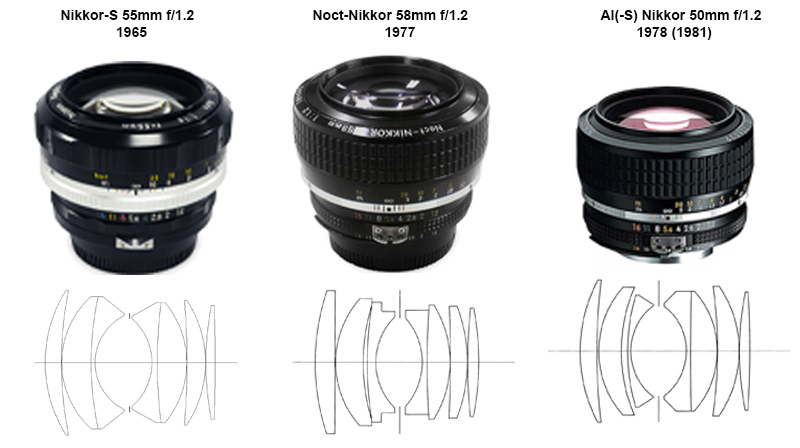
With the larger Z mount, Nikon aimed to overcome the limitations of their previous f/1.2 lenses by incorporating new technology. As a result, the Nikkor Z 50mm f/1.2 S was launched in September 2020.
But did Nikon succeed in meeting these high expectations? Let’s find out!
![]() I tested this lens on a 46 Mp Nikon Z 7II (Sample images taken with Nikon Zf)
I tested this lens on a 46 Mp Nikon Z 7II (Sample images taken with Nikon Zf)
 You can see this review as a YouTube video here!
You can see this review as a YouTube video here!
Sample Images
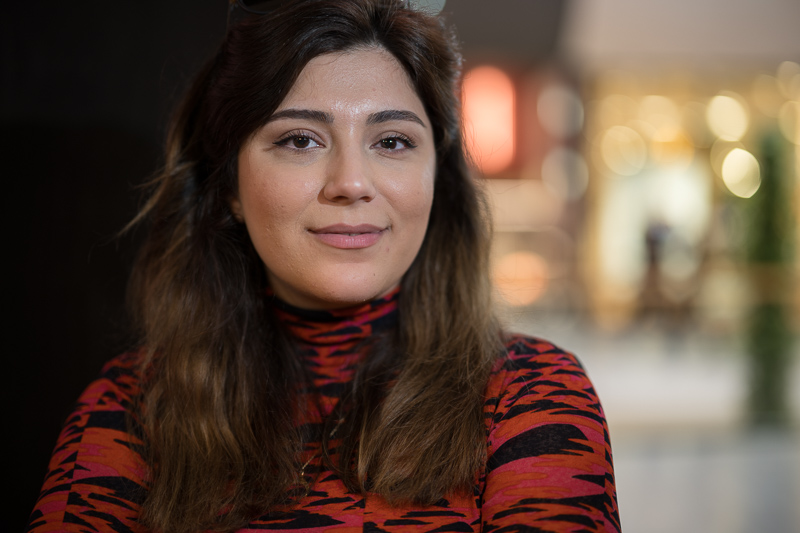

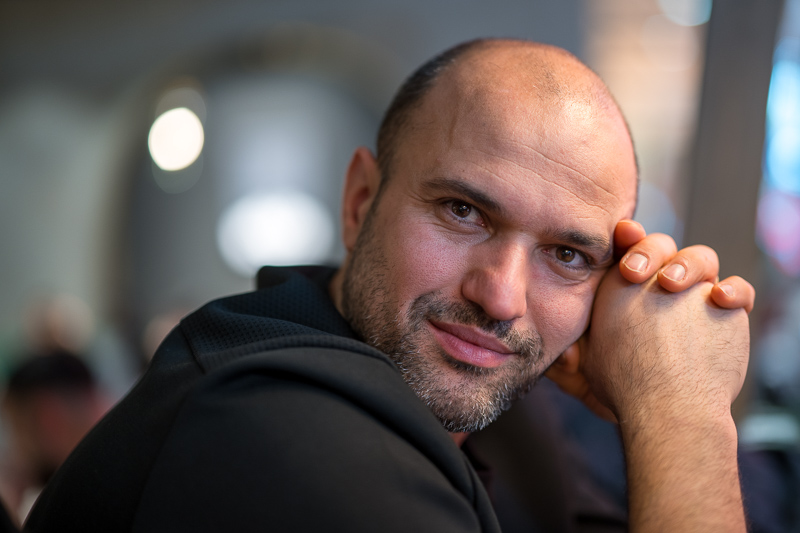


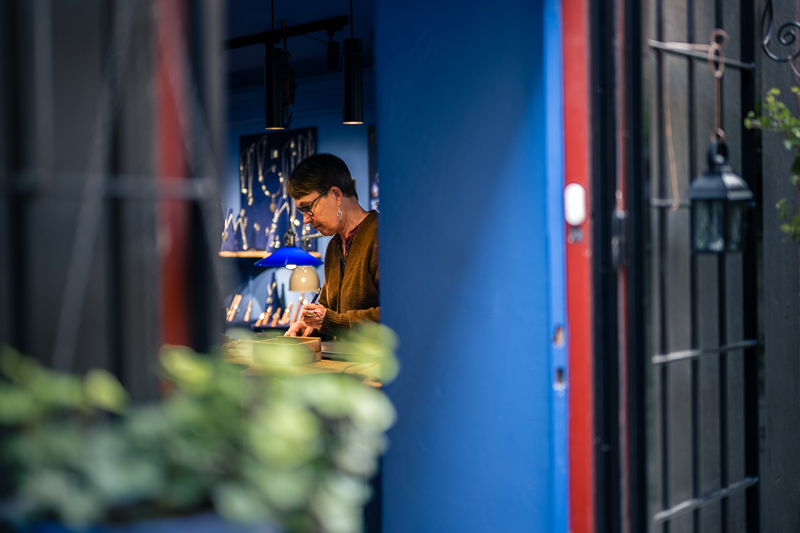
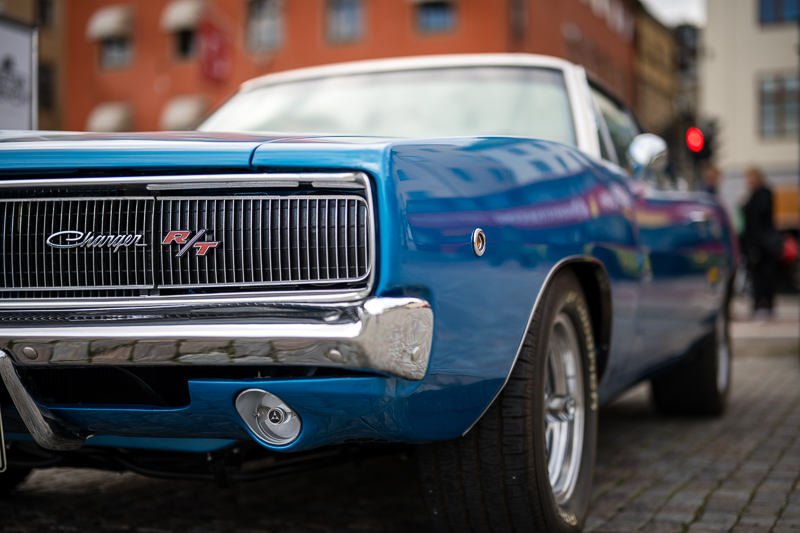

Most of the sample images in this review and many more can be found in higher resolution here.
Specifications
| Focal Length | 50mm |
| Angle of View | 47° |
| # of Aperture Blades | 9 (rounded) |
| Max Aperture | f/1.2 |
| Min Aperture | f/16 |
| Min Focus Distance | 0.45 m |
| Filter Size | 82 mm |
| Lens Mount | Nikon Z |
| Weight | 1090 g |
| Size (D x L) | 89.5 x 150 mm |
| Elements/Group | 17/15 (2 ED, 3 aspherial + Nano Crystal & ARNEO) |
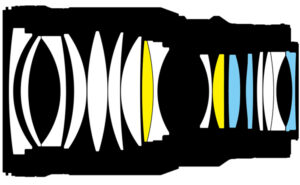
![]()
|
Buy new: B&H, Amazon.com from $1789 (Affiliate links) |
Disclosure
One of our readers, Wolfgang, kindly loaned this lens for a couple of months for test and review purposes.
Handling
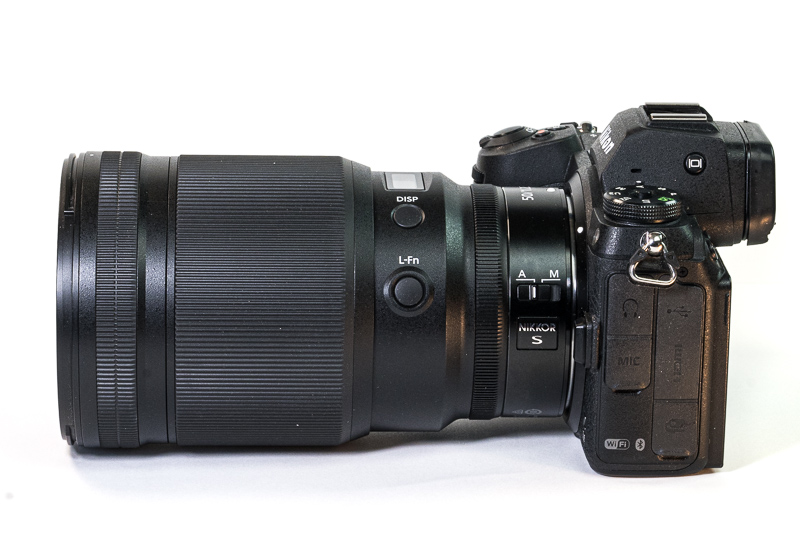
Well, the first thing you notice about this lens is its impressive size. When Zeiss Otus 55mm f/1.4 came out, I thought it was unpractically large and heavy for being a standard (50-55mm) lens, this Nikon lens is somewhat larger and heavier. Although it is smaller and considerably lighter than its cousin Nikkor Z 58mm f/0.95, which I think is ridiculously heavy, especially as it is manual focus only. Of course, 17 lens elements packed in this lens must weigh something. At least it is not front heavy, which helps in handling the lens on the camera. The lens barrel is mostly of heavy duty plastic. A weather sealing gasket is visible around the metallic mount plate and Nikon states extensive sealing to keep out dust and moisture, especially around the moving parts of the barrel.
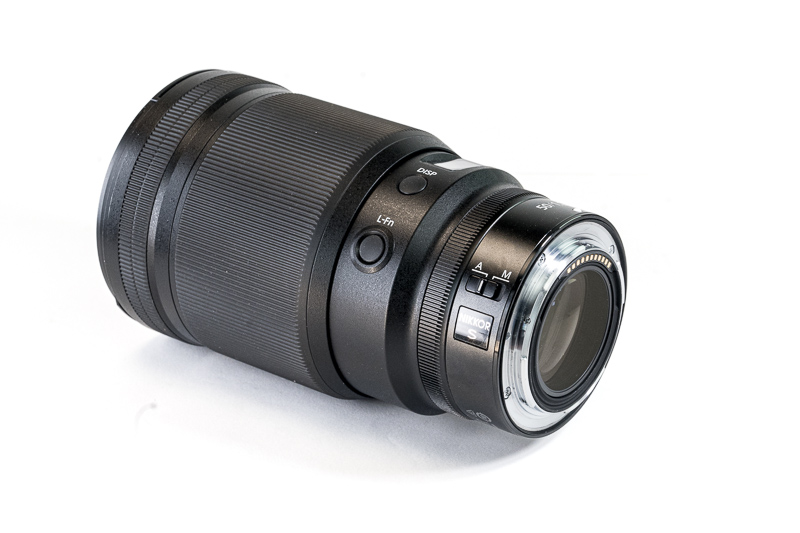
The lens has an Auto-Manual focus switch, a control ring, which can be set to control aperture, exposure compensation, or ISO sensitivity. The control ring rotates smoothly without any click stops, allowing for seamless aperture adjustments—ideal for video work. However, I found its placement to be poorly designed, as it’s located where you naturally hold the camera. This makes it easy to unintentionally rotate the ring, especially since it’s so smooth. Ultimately, I found it too annoying and decided to switch it off completely. You can also disable the ring. There is also a function button, an OLED display and a huge rubberised focusing ring.
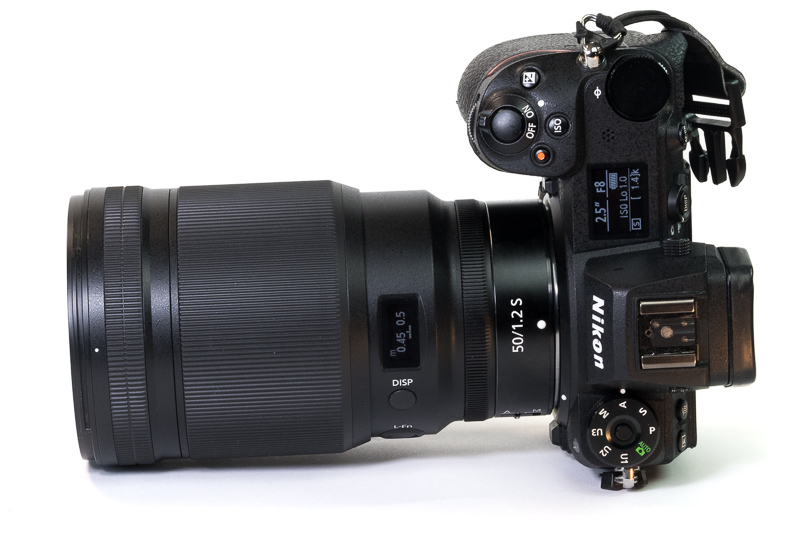
The OLED display can be set to either show the working aperture value or the focused distance. When it is set to show the distance, it also has an indicator for depth of field. So you should be able to quickly confirm focus distance, depth of field and aperture when you’re shooting from a tripod or gimbal and can’t be behind the camera. I tested the distance from focused distance at 1, 2, 5, and 10 meters and compared it to the distance shown in the display. I repeated the test 10-11 times at each distance. The lens showed the correct distance 10 of 10 times at 1, 5, and 10 meters. At 5 meters distance it showed the correct distance 50 times and for the other half it should something near 1.95 meters.
In front of the focusing ring is another rubberised ring, which is fixed and likely serves as an aid for better grip during attaching/detaching the lens.
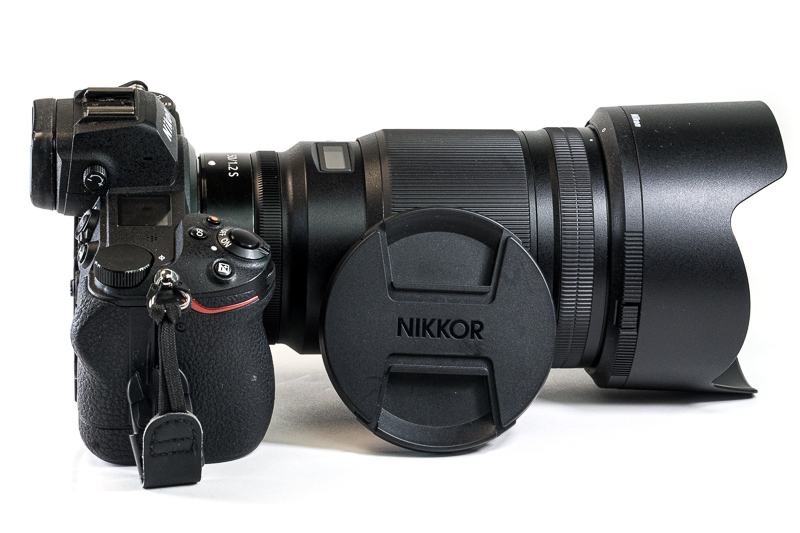
The lens comes with a decently sized plastic lens hood that snaps into place with a click, to detach it you have to push an unlock hatch on the side of the hood, a nifty security feature not to accidentally detach the hood.
The lens features internal focusing, powered by a stepping motor. The autofocus is accurate, relatively fast, and nearly silent. Overall, it appears to be excellently built.
Optical Features
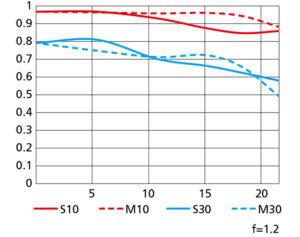
Sharpness (Infinity)
For the infinity sharpness test, we look at three areas of the image, centre, mid-frame, and corner, see highlighted areas in the image below!
To be able to see the sharpness easier in the corners at wider apertures, I have compensated vignetting in the corners for the 4 widest apertures but I put up 2 charts, one for as the images came out from the camera and one for the ones with corrected vignetting.
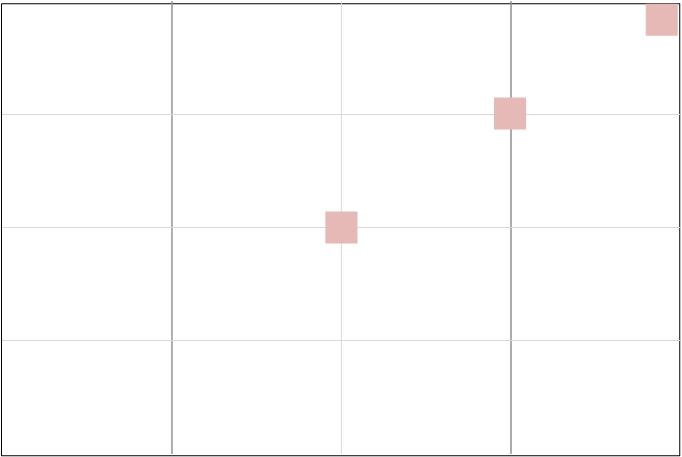
At the center of the image, this lens performs exceptionally well. It starts with very good sharpness at f/1.2, improves to excellent at f/1.4, and reaches phenomenal sharpness from f/2 to f/8, where it remains “just” excellent.
The midframe is slightly softer but still impressive. It delivers good to very good sharpness at f/1.2, becomes definitely very good at f/1.4, and achieves excellent sharpness at f/2 and f/2.8. From f/4 to f/5.6, it reaches phenomenal sharpness.
The corners, which are the weakest areas, offer “only” good sharpness at f/1.2. However, they improve to very good at f/2 and become excellent from f/4 to f/5.6. While the corners never reach the phenomenal sharpness of the center or midframe, they do achieve excellent sharpness at their peak.
Across all regions, peak sharpness is attained at f/4 and f/5.6.
Sharpness (Portrait)
Let’s look at the points of interest for portraits at the portrait distance: the very centre, the centre’s inner periphery (1/3 rule intersection), and the centre’s outer periphery (1/4th intersection).

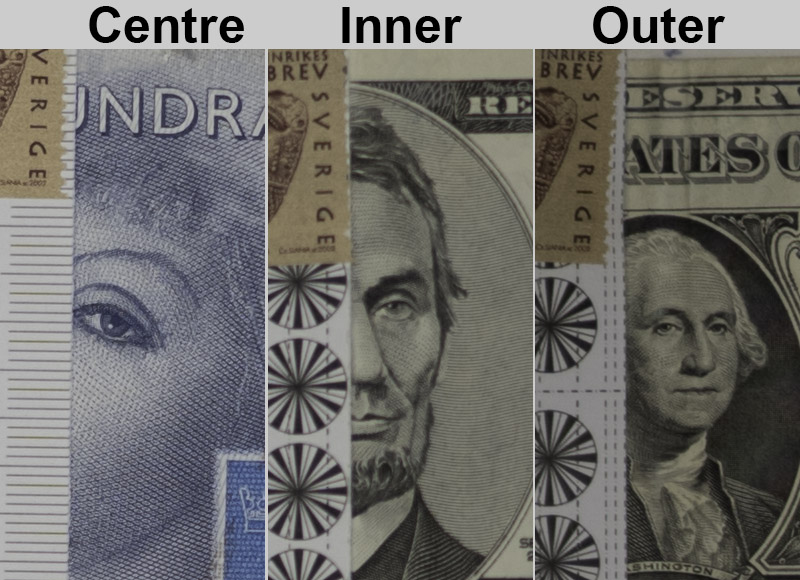
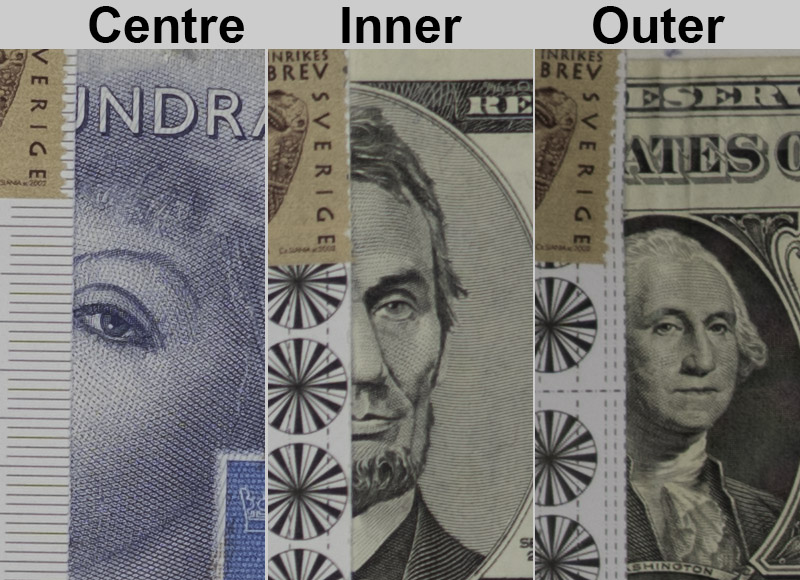
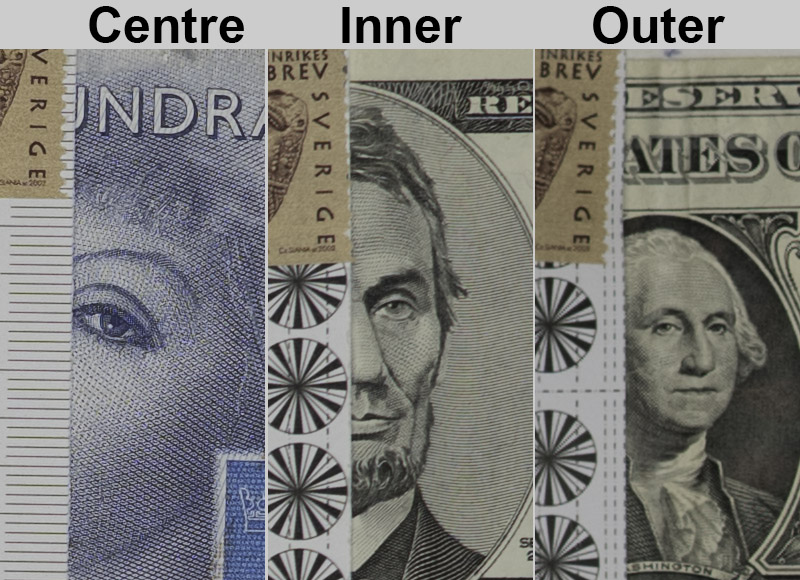
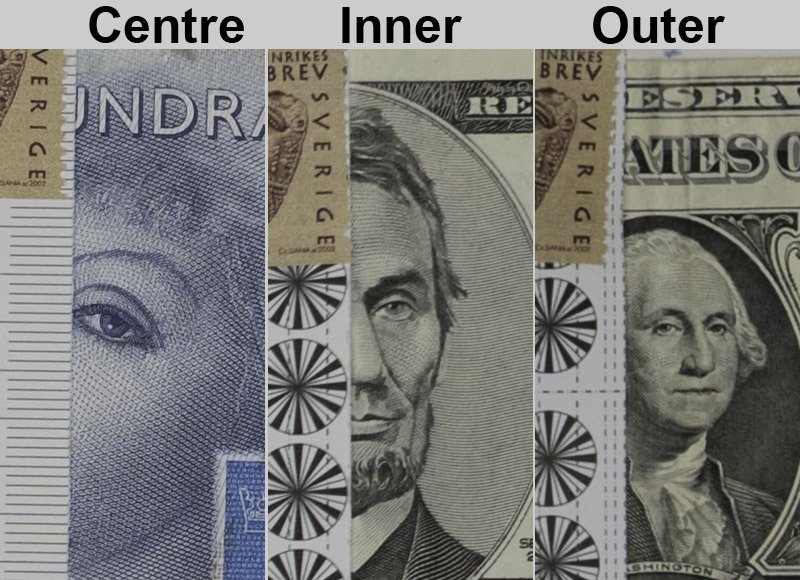
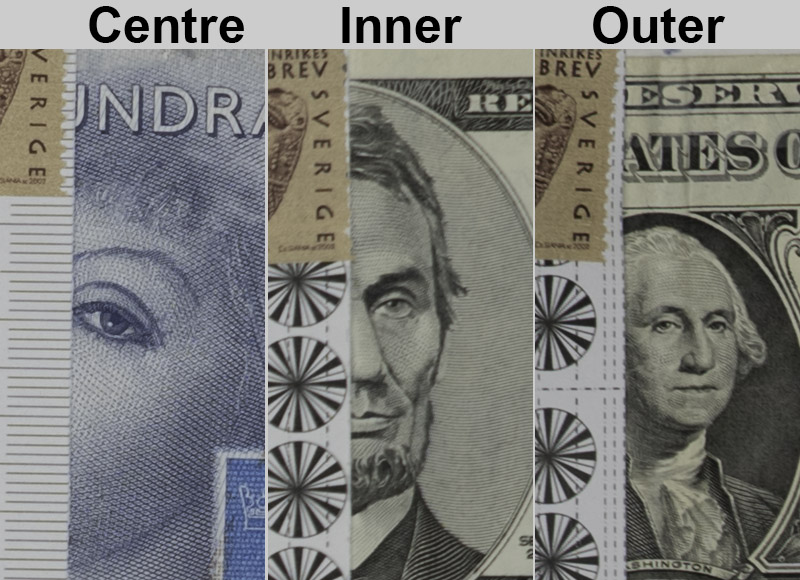
The centre sharpness is excellent and the inner and outer circles are very good at f/1.2. The inner and outer circles are a little darker wide open due to vignetting and the contrast while not excellent, is very good. Stopping down to f/1.4 improves sharpness and contrast everywhere and at f/2 both sharpness and contrast are excellent everywhere. F/2.8 and f/4 are as excellent as f/2, if not even better. It’s simply amazing for portraits at any aperture and any of the tested points.
Sharpness (Close-up)
Very good sharpness from f/1.2, at f/2 the sharpness and contrast are excellent and it gets just better by further stopping down. F/4 seems to be its peak performance, which is super sharp. At f/8 it is still excellent, and down to f/11 it is very good. F/16, while still very good, shows the lens’s least sharp aperture.

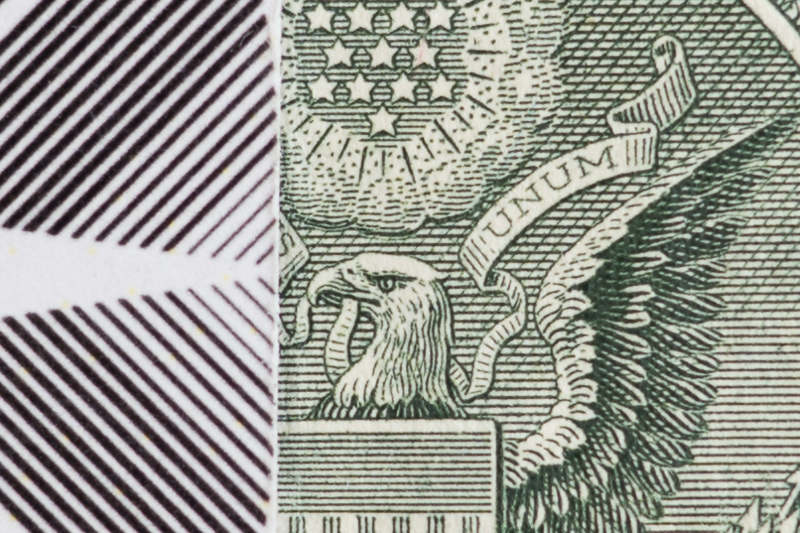
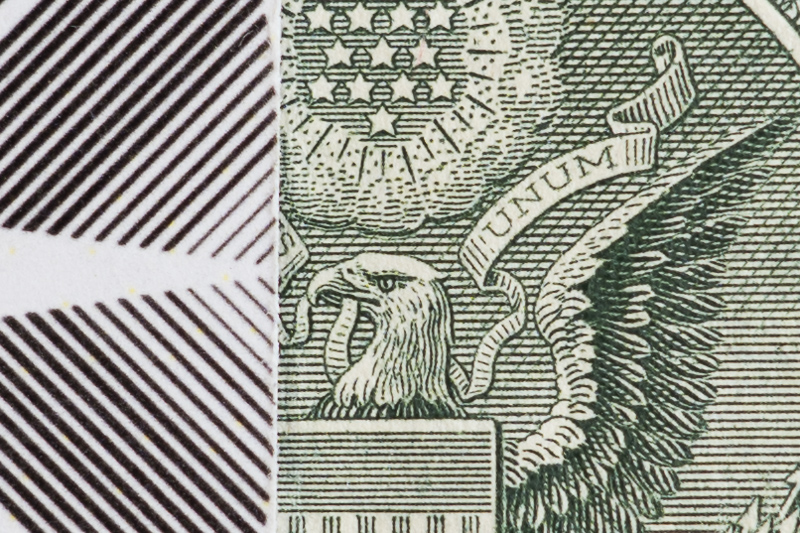



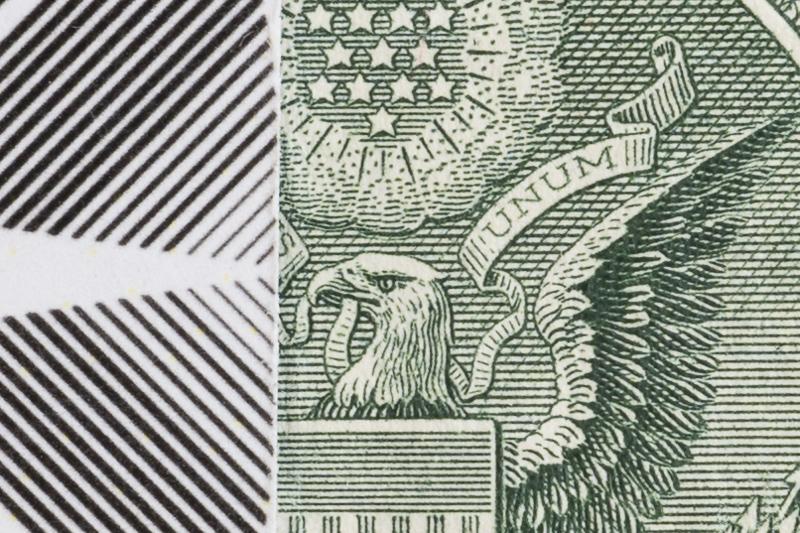
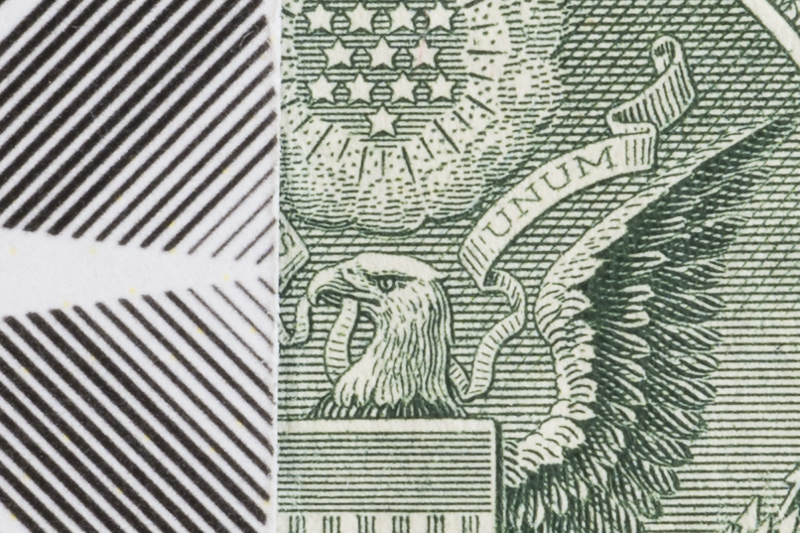
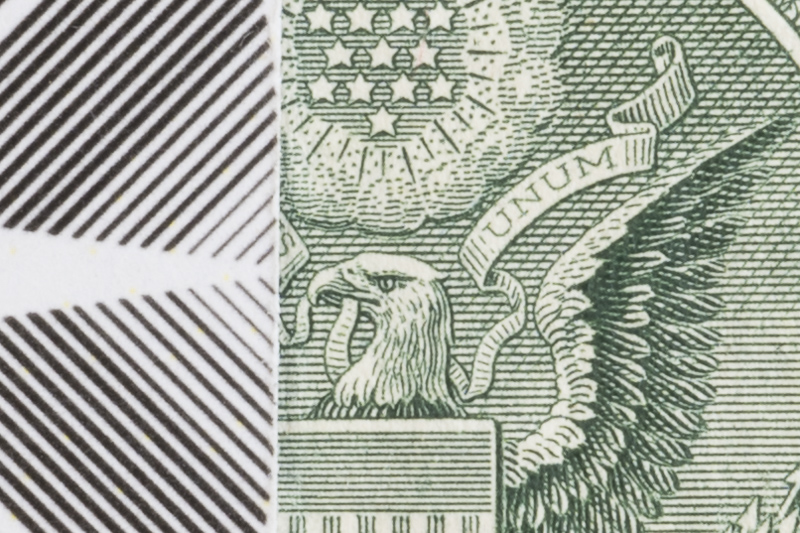
Lens Distortion
The lens distortion is very well corrected, but note that in camera correction is always on and you cannot switch it off in Nikon cameras.

Nikon Z7ii | Nikkor Z 50mm f/1.2 S | f/1.2
Vignetting
Ultra bright lenses often show more vignetting than slower lenses. Here, I tested the lens with in-camera corrections off, LR profile correction not activated. At f/1.2 the vignetting is quite noticeable, and f/1.4 while improved, still noticeable. At f/1.8 it OK and it improves by further stopping down. At f/2.8 it is hardly noticeable and at f/4 it is negligible. While, average performance, it is better than the competition.
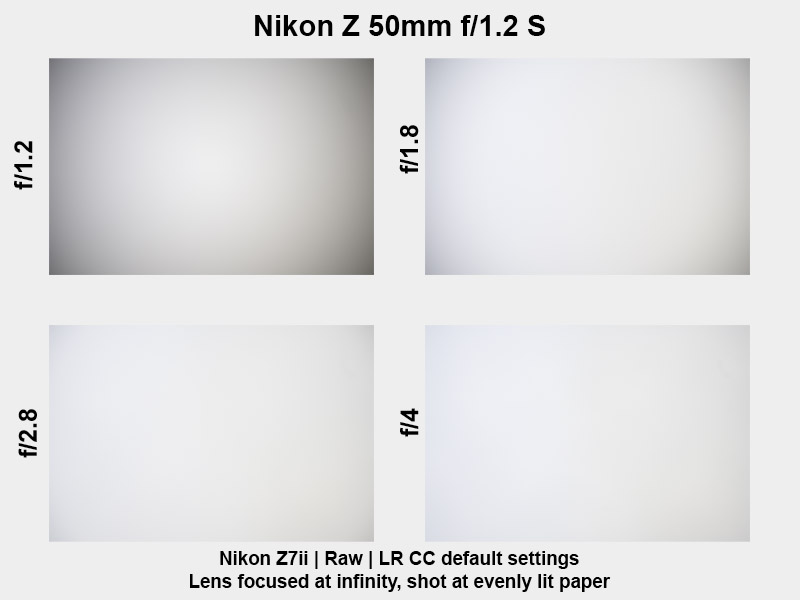
- F/1.2: 2.6 EV
- F/1.4: 2.0 EV
- F/1.8: 1.4 EV
- F/2.8: 1.1 EV
- F/4.0: 0.7 EV
Focus Shift & Aberrations
There is a small amount of longitudinal chromatic aberration wide open at f/1.2. it improves a lot just by half a stop smaller aperture at f/1.4, at f/2 it is hardly noticeable, practically gone. At f/2.8 (and smaller apertures) it is completely gone.
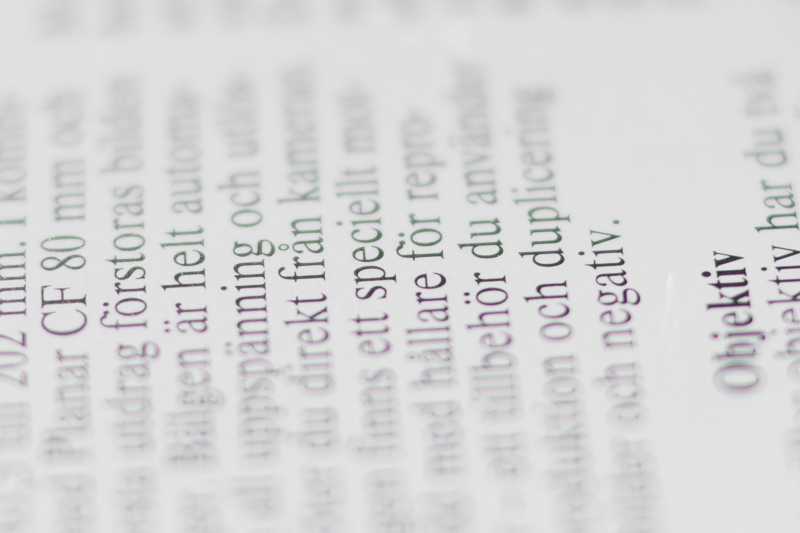
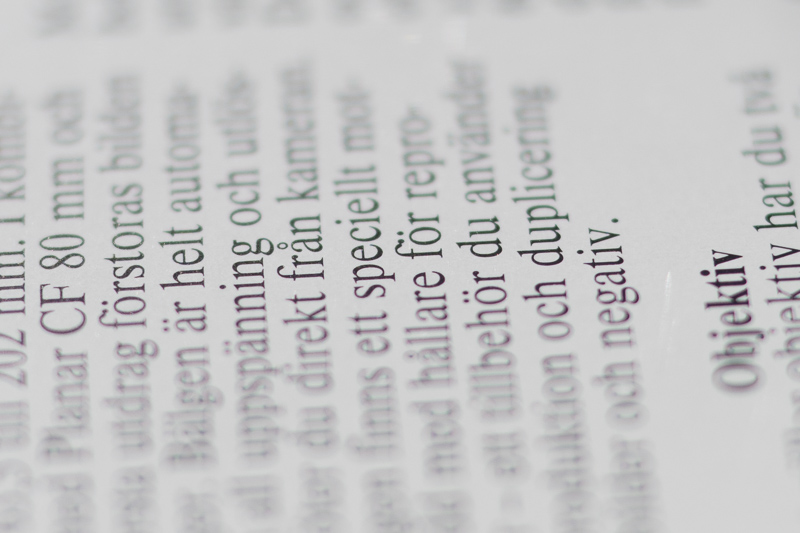
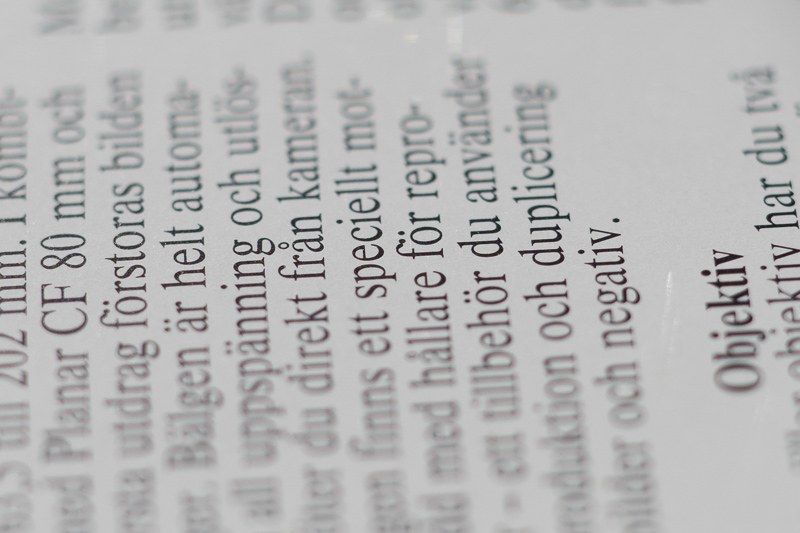

The lateral chromatic aberration, while existing, is not a concern. Although, I’d like to mention that I had expected zero LaCa or at least near zero, because it’s smaller sibling; Nikon Z 50/1.8 S shows even less LaCA, and Sony’s 50/1.2 also shows less LaCA. Here is a 100% crop of the corner of an image taken with 46 Mp Nikon Z7ii at f/6.3.
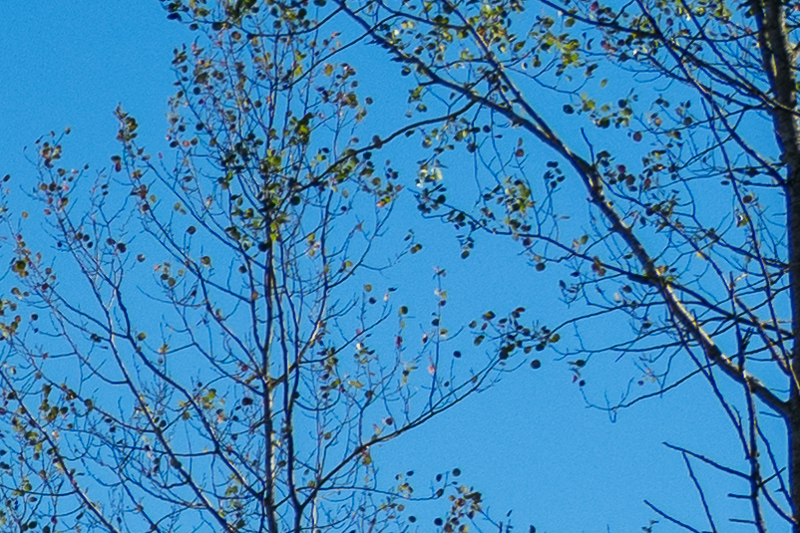
Flare Resistance
In this section, any lens can be made to look bad—some more easily than others. With Nikon’s Super Integrated Coating, ARNEO Coat, and Nano Crystal Coat, this lens should fall into the latter group. However, the number of lens elements (17 in this case) increases the potential for flare. In most situations, the lens controls flare well, but during stress tests, I was able to produce some. The following image series showcases the worst cases I encountered, all of which could have been avoided with a slight change in angle or position. Unfortunately, in those situations when the sun is in the frame, the lens hood does not help much. In general, it should be categorised as a quite good performance for such a fast lens.
Coma
This Nikon lens suffers from very mild coma in the extreme corners wide open at f/1.2, not unusual as its f/1.2 competitors perform similarly here. The coma is gone from about f/1.8 though, which is very good. The following images are 100% crops from the corners of images taken with Nikon Z7ii which has a 46 Mpx sensor.
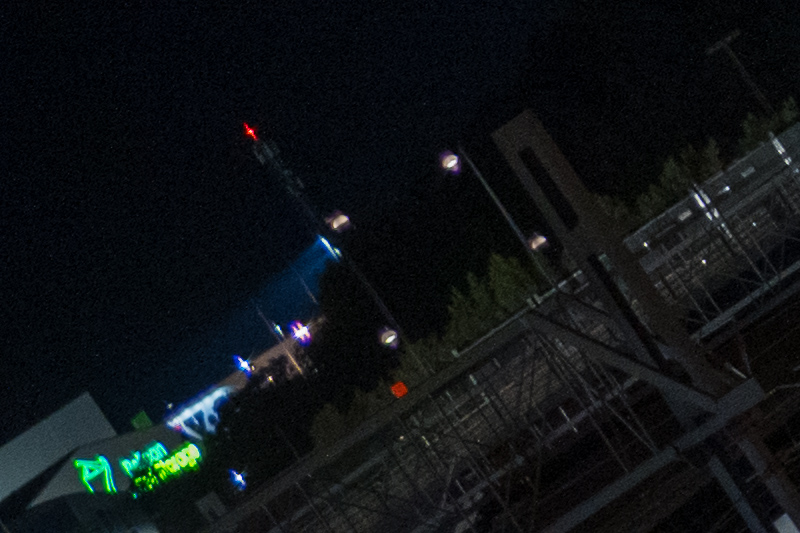
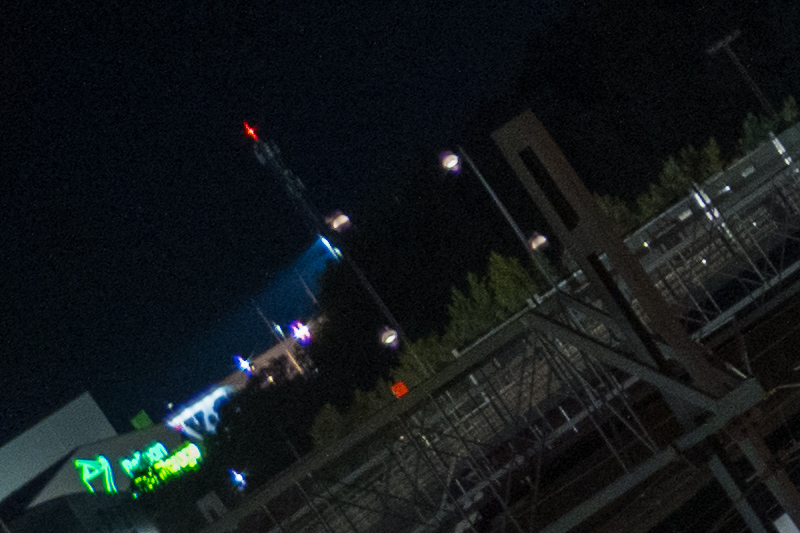
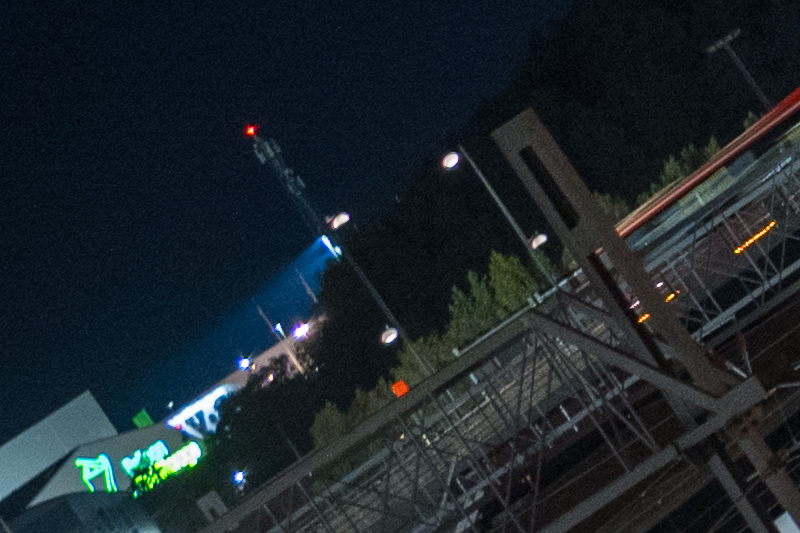
Sunstars
Nikon has traditionally made lenses with very well aligned aperture blades, which have been able to produce nice sunstars despite odd number of rounded aperture blades. Nikkor Z 50/1.2 is not an exception and can produce nice 18 pointed sunstars from f/5.6. They will get quite well defined from f/8 and smaller apertures though.
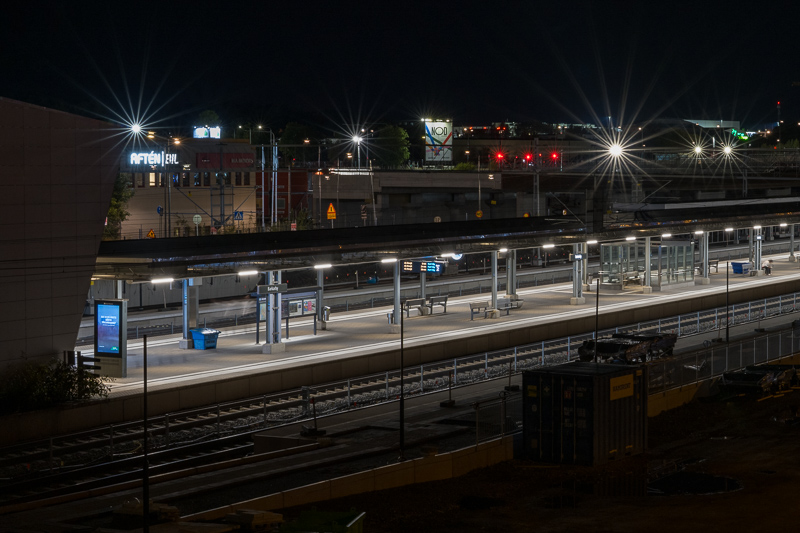
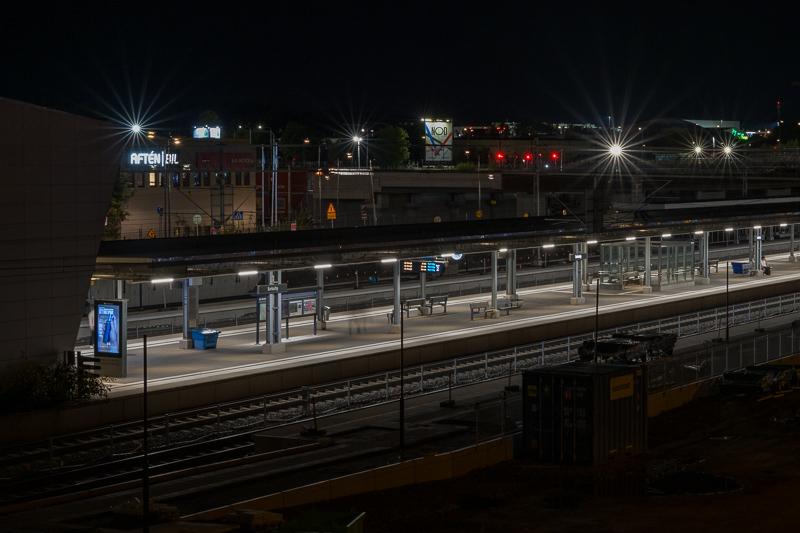

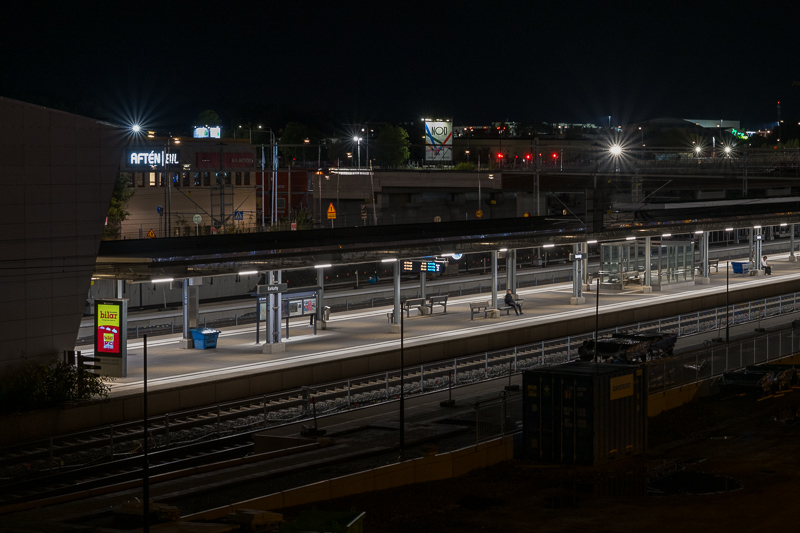
Focus Breathing
Nikon states you can change focus without noticeably affecting the shot’s angle of view or causing focus breathing. Well, I have to agree with that, the focus breathing is negligible if any, to videographers joy.

Nikon Z7ii | Nikkor Z 50mm f/1.2 S | f/1.2
Bokeh
This should be the most important characteristic for a lens like this. Let’s have a quick look at the bokeh balls!

There is a quite weak tendency to onion rings in the bokeh balls, the optical vignetting is better than average and the competitors e.g. Sony FE 50/1.2 GM.
Now to some real life situations:
Short Distance
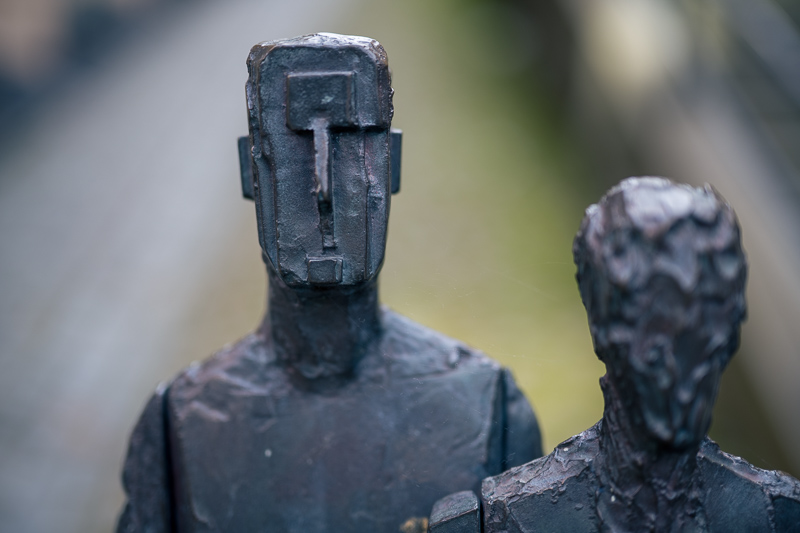

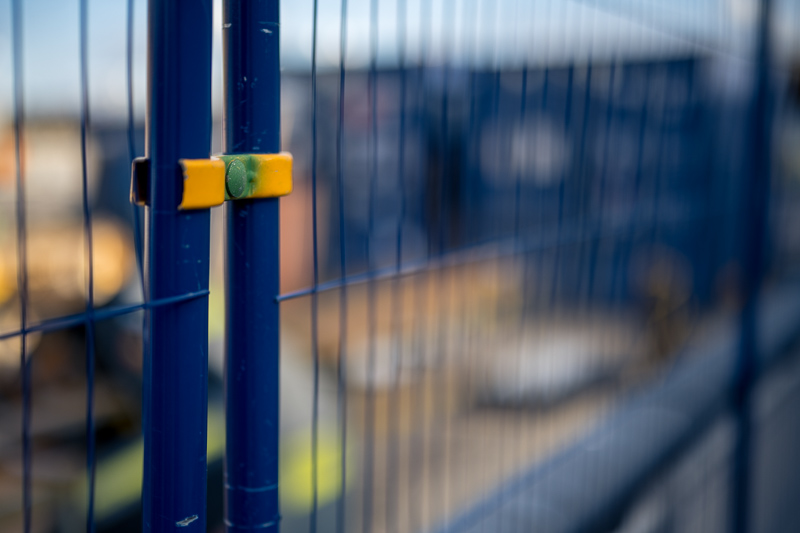

Here the background blur is soft but not smeary, it is due to the well-correct spherical aberrations, which also help the subject to stand out, somewhat similar to Sony FE 50/1.2 GM.
Mid Distance



Here, even when the background not far away (second image), the subject stands out well from the background.
Long Distance
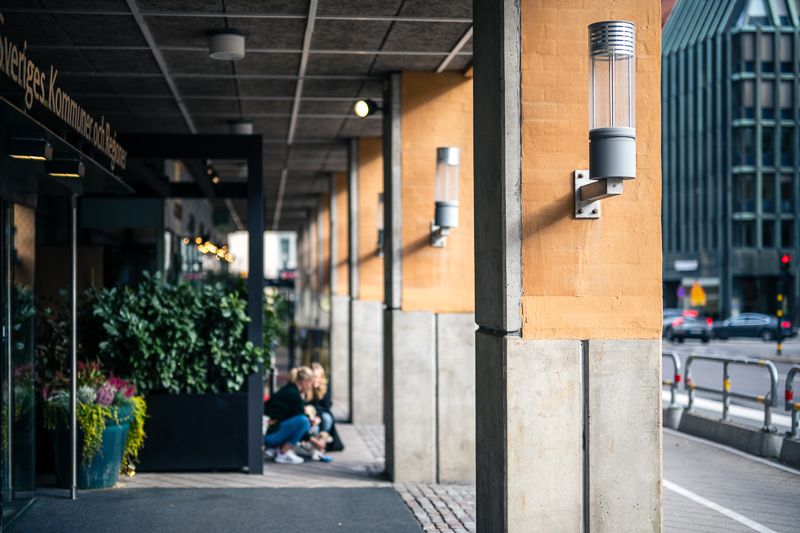


Even at longer distances, the subject separation is impressive and visually appealing.
In conclusion, the bokeh is smooth and pleasing, making it easy to isolate subjects with this lens. This effect is not only due to the shallow depth of field but also to the sharpness and contrast of in-focus areas. Of course, the beauty of bokeh is subjective, so take a look at these images and the sample shots to decide for yourself.
Conclusion
| I LIKE | AVERAGE | I DON’T LIKE |
| Sharpness Bokeh Coma correction Build quality and handling Distortion Focus Breathing |
AF speed Flare resistance Vignetting |
Size/weight |
This is a well-built lens, primarily designed for professionals, evident in its size and build quality. While I might hesitate to take it on a casual walk, it truly excels in scenarios like weddings or other indoor social events, especially in confined venues. In such settings, an 85mm lens is often too long with too narrow field of view, and a 50mm f/1.8 lacks the same level of subject separation. You’re paying a premium for the f/1.2 aperture here, which delivers exceptional performance in low light and creates striking background blur.
However, if you plan to shoot at smaller apertures, the Nikon Z 50mm f/1.8 can perform just as well, if not better, in certain situations. In my opinion, this lens would be perfect if it handled flare better when shooting into the sun and were slightly more compact and lightweight. Otherwise, it’s a fantastic lens.
Writing articles like this one is both time-consuming and costs us a lot of money. If you found this article helpful and decided to buy one of these lenses, please consider using one of the affiliate links.
If you are not interested in buying any of the lenses, but you still found this article useful, interesting, or it saved you a lot of money, treat us to a coffee!
|
Buy new: B&H, Amazon.com from $1789 (Affiliate links) |
Alternatives
Unfortunately there are not many 50mm 1.2 lenses for Nikon Z mount, but there are faster lenses for Z mount.
Nikon Nikkor Z 58mm f/0.95
While it’s an optical marvel—more than half a stop faster—it is also larger and heavier than most would prefer, and it lacks autofocus. The reviewed lens is already substantial, and this 58mm version is even bulkier. In my opinion, it’s not just the lack of autofocus that makes this lens less suitable for everyday photography; it’s primarily its size and weight. It feels more like a showcase product, with which Nikon aimed to demonstrate what they could achieve with their new Z mount, and they’ve certainly succeeded in that regard. However, it is about 3.5 to 4 times more expensive than the reviewed lens.
Buy new: amazon (Anywhere) for $7080 (Affiliate links)
Buy used: ebay.com, ebay.de (Affiliate links)
Voigtländer 50mm f/1.0 Nokton Aspherical
Half a stop faster, manual focus but with electronic contacts. Much smaller at about 1/3 of the length of Nikon’s 50/1.2 and weighs almost half. It is optically inferior in almost all aspects though and does not cost much less.
Buy new: amazon (Anywhere) for $ (Affiliate links)
There are a few lenses with Nikon F mount thought that you can use with Nikon FTZ adapter on Nikon Z cameras:
Voigtländer 55mm f/1.2 Nokton SL II s
This lens has a more or less vintage character with weak corners, spherical aberration and generally inferior to the reviewed lens in almost all aspects except size/Weight and price. It is a quite decent lens for the price though.
Buy new: amazon (Anywhere) for $645 (Affiliate links)
Voitgtländer 50mm 1.2 Nokton (Sony E mount)
You need a Sony E to Nikon Z adapter to be able to use this lens. A manual focus lens but with electronic contacts to the camera. A very compact and light lens at only 440 g with decent optical qualities. This is the lens I would pick up as an alternative at only $800, even if I had to use a Sony E to Nikon Z mount adapter.
Buy new: amazon (Anywhere) for $799 (Affiliate links)
Buy used: ebay.com (€840), ebay.de ($600) (Affiliate links)
More Sample Images

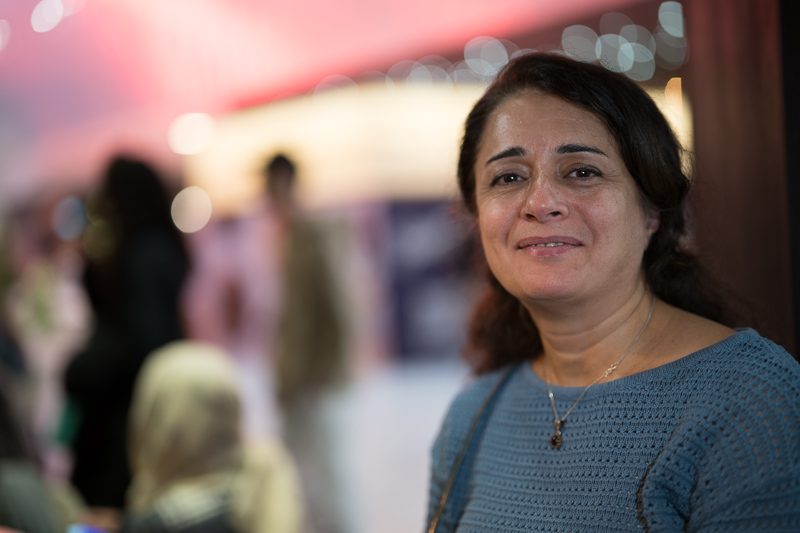
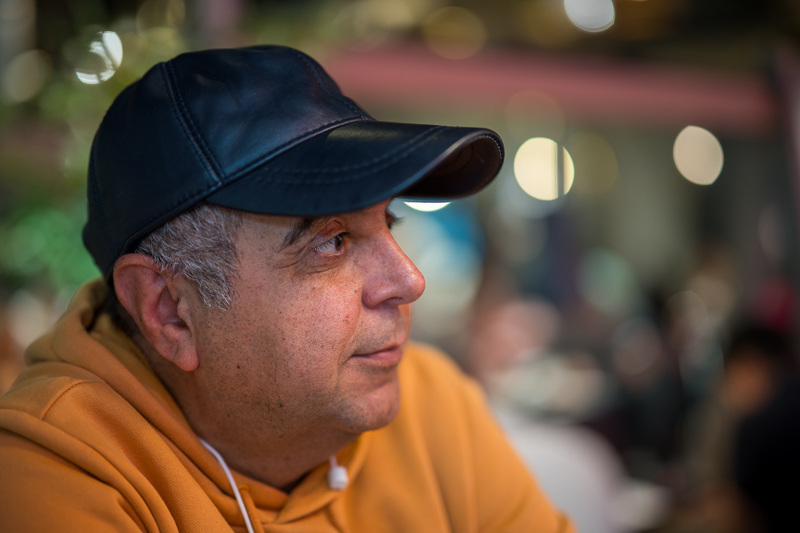
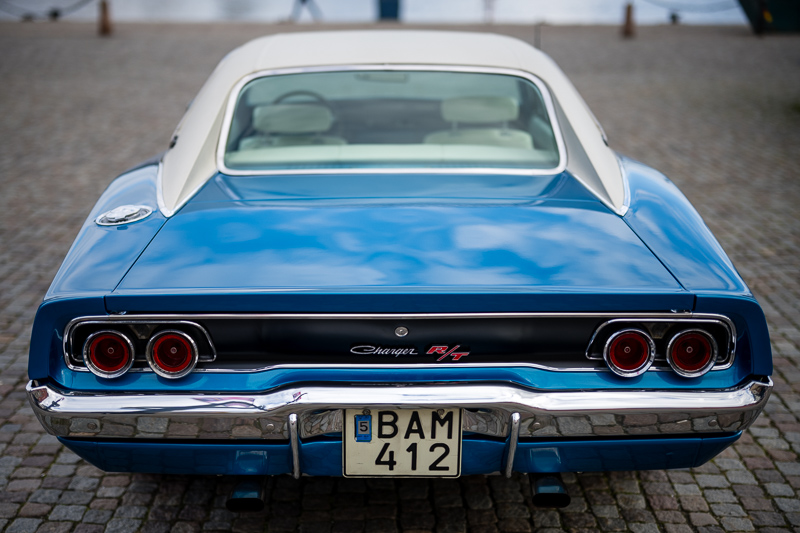

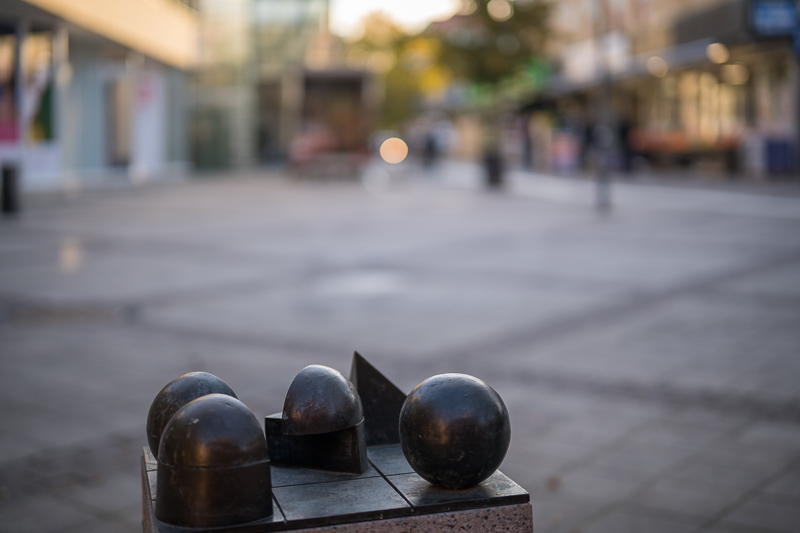



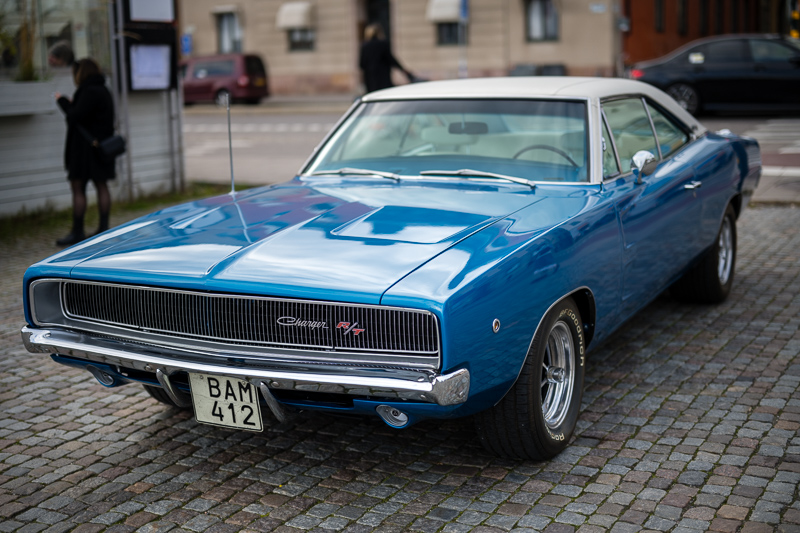

Most of the sample images in this review and many more can be found in higher resolution here.
Further Reading
- What camera gear and accessories do I use most frequently?
- Review: Nikon Nikkor Z 50mm f/1.8 S
- Review: Voigtlander 50mm 1.2 Nokton E
Support Us
Did you find this article useful or did you just like reading it? It took us a lot of time and money to prepare it for you. Use the Donate button to show your appreciation!
![]()

(Donations via Paypal or bank card)
What’s in my camera bag? MY 2024 KIT!!
- Main camera : https://amzn.to/3TsGtKg
- Camera grip : https://amzn.to/4e0G3CR
- Memory Card 1: https://amzn.to/47pA20i
- Memory Card 2 : https://amzn.to/3XHYxlZ
- Camera 2 : https://amzn.to/3Xifou8
- Camera grip: https://amzn.to/4dYYpV9
- Memory card 1: https://amzn.to/4e5h2H0
- Memory card 2: https://amzn.to/3zu7W7n
- Small travel tripod: https://amzn.to/4goIX68
- Mini tripod: https://amzn.to/4e09XXX
- Small shoulder bag: https://amzn.to/47tPMiY
- Medium shoulder bag: https://amzn.to/4ej4bjY
This site contains affiliate links, for which I may receive a small commission if you purchase via the links at no additional cost. This helps support the creation of future content.
Martin
Latest posts by Martin (see all)
- REVIEW: 7Artisans AF 10mm f/2.8 (APS-C) - November 30, 2025
- REVIEW: 7Artisans AF 35mm f/1.8 - October 15, 2025
- REVIEW: Nikon AI Nikkor 24mm f/2 - October 12, 2025





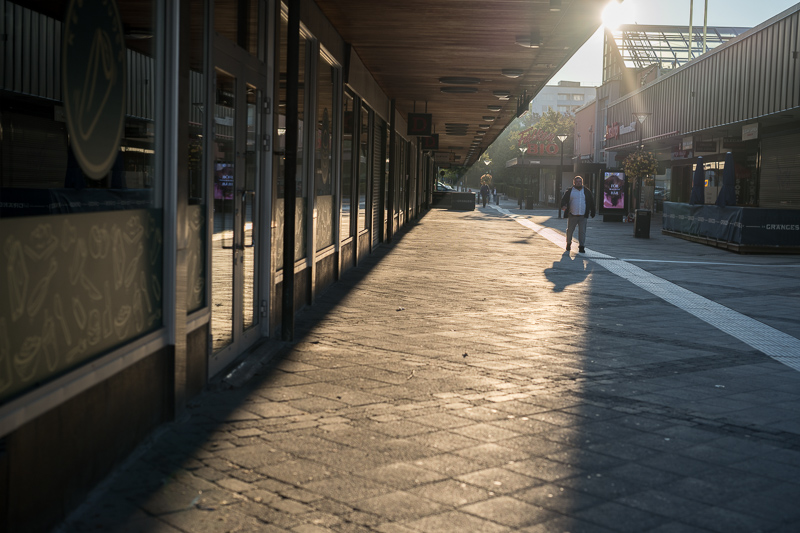
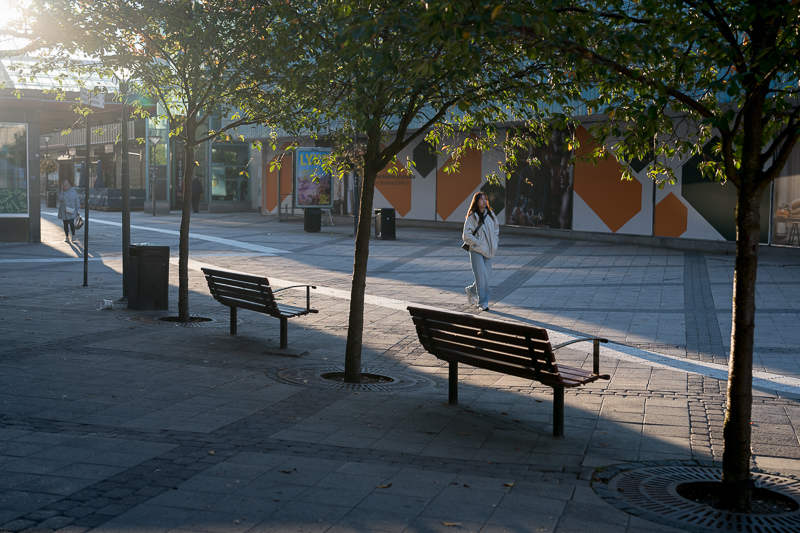
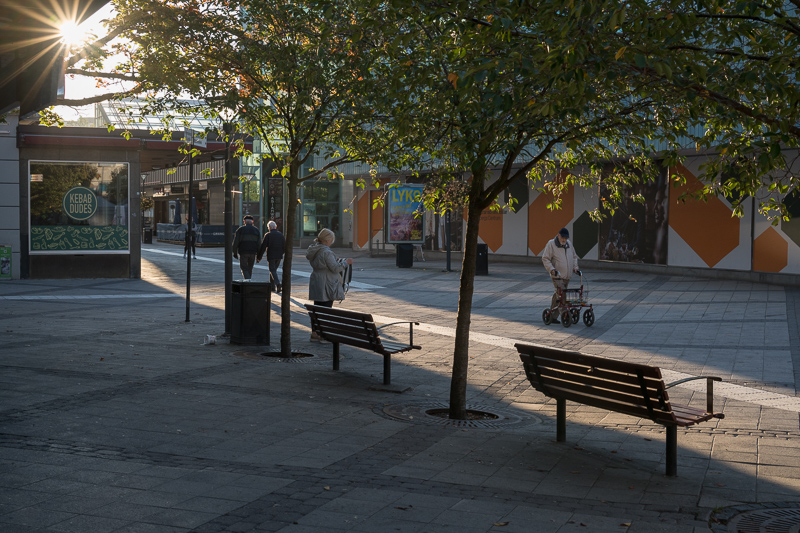

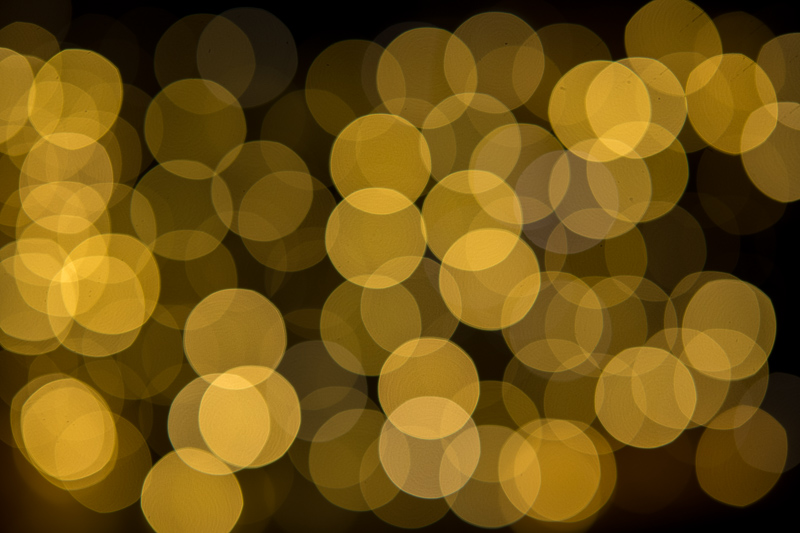

Beatiful rendering lens!
As an ex Nikon user, when I switched to Z7II, I went the megadap adapter route with some Sony lenses so I think that lens should also be considered in the options.
50mm 1.2 GM is smaller, faster focusing (even on a Z7II with adapter), less LOCA but has more focus breathing. At least that’s what reviews show.
It’s moot to compare sharpness, modern optics deliver unless you need wide open infinty sharpness in either case.
I think even 50mm GM 1.2 is a monster of a lens for a 50mm but 50mm 1.2 Z takes this on another level where I would no longer feel comfortable as an everyday lens.
My point being we should compare adapted lenses as well on the Z mount since it’s the ultimate mount where you can adapt anything and adapting FE glass works really really well once you accept lack of weather sealing and a second point of failure.
Well, there are so many E lenses (by various manufacturers) that can be adapted to Nikon Z that it makes the work to go through them larger than the work to make the article about the lens in review. I chose to restrict the list to lenses made specifically with Nikon mount except for a Voigtländer, just because the price is less than half of the Nikon/SONY 1.2 with relatively descent performance as a more budget friendly alternative.
That will work sort of, not for every focal length, especially with astro photography.
But for the lenses with an wider angle, at large apertures that perform great on a Sony because they are optimised for a Sony filter pack. Adapting them to Nikon Z will show aberrations induced by field curvature. I once tested -an extreme wideangle- Sigma 14mm f1.4 and ended up with an Viltrox 16 mm which works nicely. Sigma 50mm f1.2 might be interesting.
Filter stack issue doesn’t degrade (in a meaningful way, if we measured we would find results for sure) if lenses are >35mm, at least that has been my experience. Also some wide lenses may behave same or better even if they are wide and some lenses are surprisingly much much worse.
Also for walkaround, I did not mean street photography although in the case of the 50mm 1.2 GM lens, the speed of autofocus almost makes up for the big size.
Since when a 50mm f/1.2 lens is an every day lens ?
Martin,
As always a great and succinct review. You have allayed my last minute worries having ordered the 50mm f/1.2, which should be in my hands early next week.
While this lens is big and heavy (Nikon might have decided to change the proverbial nifty fifty into the hefty fifty), it is the roughly the diameter and length as Sigma’s 50-100mm f/1.8, which weighs just shy of 1.5 Kg. That Sigma is one of my favorite lenses of all time and it never bothered me when attached to the Nikon D500, so from that perspective I know the hefty fifty will not be an issue.
And while on the subject of that Sigma, if Nikon Z’s did not force you to switch to DX I might have kept it as my ~85ish lens. It shoots stunningly on a D850, with vignetting disappearing somewhere between 85 and 90mm.
If you’re not bothered by its size and weight, you won’t be disappointed.
Thank you for another great review, Martin!
I have mixed feeling about this lens. Compared to Sony’s 50/1.2, it is too big, too expensive. I believe the Nikkor might have a slightly smoother rendering for portraits at best, and that’s it.
The only thing I don’t understand is why is Voigtlaender not introducing the 50/1.2 on Z? Do they have an agreement with Nikon not to?
Agree with you regarding the comparison between the Nikon and the Sony.
It is not more expensive than Sony 50/1.2 GM, at B&H it is even more than $100 cheaper than the Sony GM one.
Voigtländer has made a 50/1.0 in Nikon Z mount, which actually is cheaper than both the Nikon and the Sony 1.2.
They might be content with that offering in Z mount, or could be some kind of agreement. It seems that it is the same with Tamron, both of these companies make Z lenses but not lenses with the exactly same specifications as Nikon’s own lenses.
Interesting in depth review for a lens I’ve been considering, but now pretty much ruled out, for the one negative on your list, that being size and weight, I could do without that extra kilo on my shoulders, that I’m currently receiving physio to fix. I guess I may need to make do with the 1.8 now, which seems a decent enough alternative (mostly for street and events). I noticed that many of the locations in the review are very familiar to me, nice to see some pictures of Stockholm in a review.
Thanks. I’m glad I could save you both some money and shoulder problem. Yes, Z 50/1.8 is a very good lens, although lacking the premium 1.2 aperture, but smaller, lighter, and cheaper.
is the asymmetric color cast on the vignette test images real, or a function of the test?
It’s caused by the testing environment. Natural and artificial light colors. I have to try harder to control it.
This is a great lens, but I don’t like its bokeh. When I shoot with a large aperture lens, I want the bokeh similar to the Mitakon 50mm f/0.95’s soft dreamy bokeh, and not the well-defined out-of-focus patterns seen here.
…this lens is ridiculous, it seems next the 0.95 near by Otus named product, like the final workout due to the even so ridiculous large diameter of the Nikon Z mount :))
Excellent review, thank you.
In my personal opinion, it’s the most “3D” lens out of the three modern greats: the Sony 50mm f/1.2 FE, the Canon RF 50mm f/1.2, and the Nikon Z 50mm f/1.2. It’s a pity that it’s also the heaviest, and Nikon bodies are not so appealing to me.